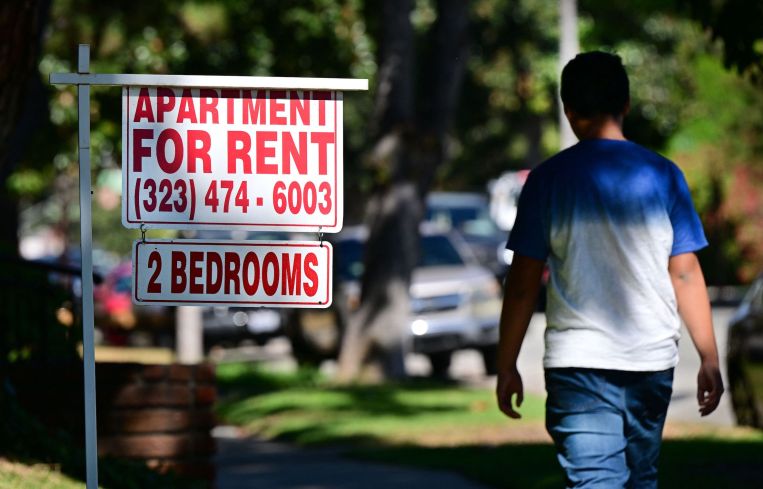Rent, Mortgage Were Americans’ Fastest Rising Costs Over the Past Year
By Rebecca Baird-Remba May 10, 2023 3:07 pm
reprints
Rent and mortgage costs are the largest contributor to Americans’ rising cost of living, even as inflation has started to cool, according to the April consumer price index numbers released Wednesday by the Bureau of Labor Statistics.
The cost of shelter has risen 8.1 percent nationwide over the past year, accounting for 60 percent of the total increase in consumer costs over the past 12 months with food and energy removed. Meanwhile, the cost of food ticked up 7.7 percent in the same period, and car insurance spiked 15.5 percent, according to BLS’ analysis.
Overall costs rose 4.9 percent over the past 12 months, the smallest 12-month increase since the period ending April 2021, the BLS found. When food and energy costs were removed from the data, all other categories rose 5.5 percent over the past year.
On a monthly basis, the cost of all items baring food and energy rose 0.4 percent from March to April, faster than the 0.1 percent from February to March. The cost of rent increased 0.6 percent in that time, while homeowners’ costs went up 0.5 percent.
Other big cost drivers the past year include transportation, which spiked 11 percent, and electricity, which rose 8.4 percent. The cost of gas has declined 12 percent over the past year, while fuel oil has dropped 20 percent, according to the BLS.
The Northeastern U.S., in particular, had very similar trends to the national numbers, with the rental and homeownership costs increasing 0.5 percent in April and 6.3 percent over the past year.
Electricity costs in the region — which includes New York, New Jersey, Pennsylvania, Rhode Island, Vermont, Connecticut, Maine, Massachusetts and New Hampshire — were also even higher than the nationwide average, spiking 9.4 percent in the past year, according to BLS data.
Rebecca Baird-Remba can be reached at rbairdremba@commercialobserver.com.



